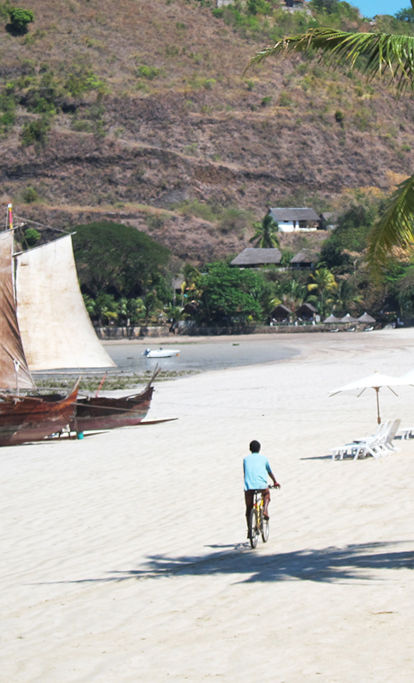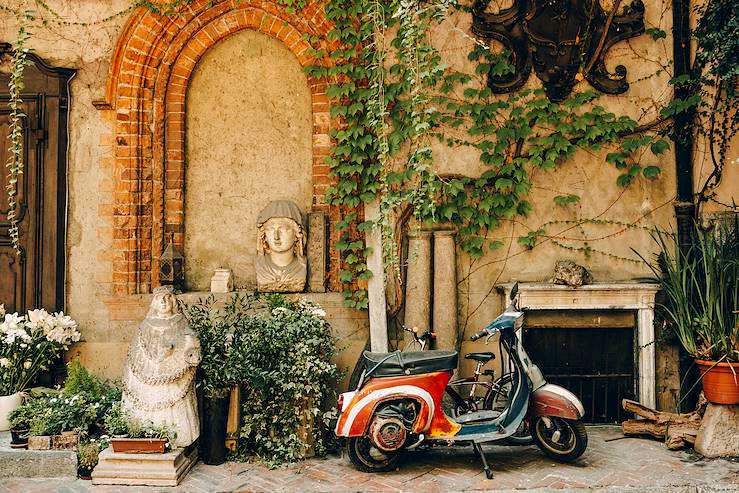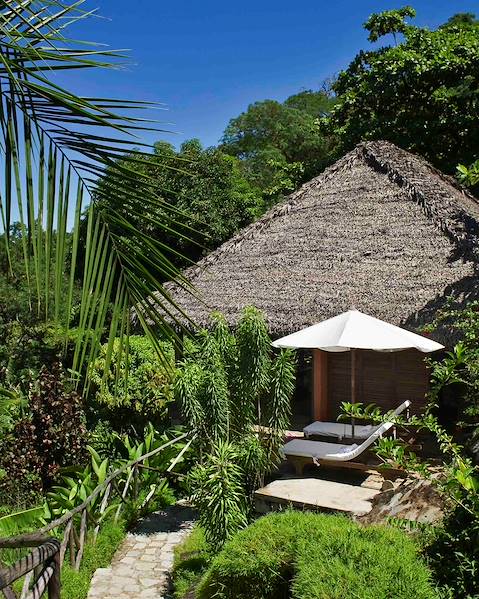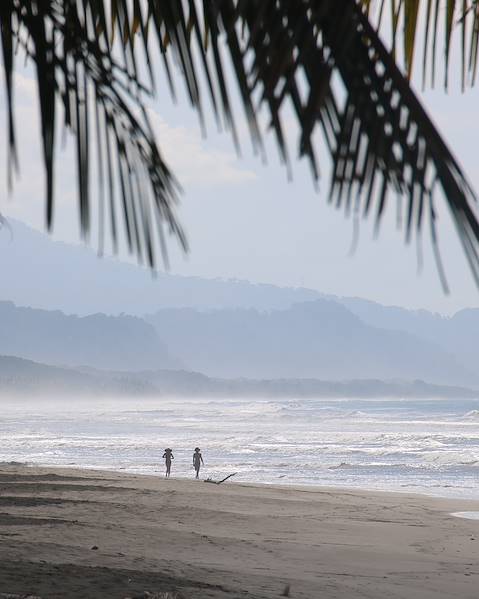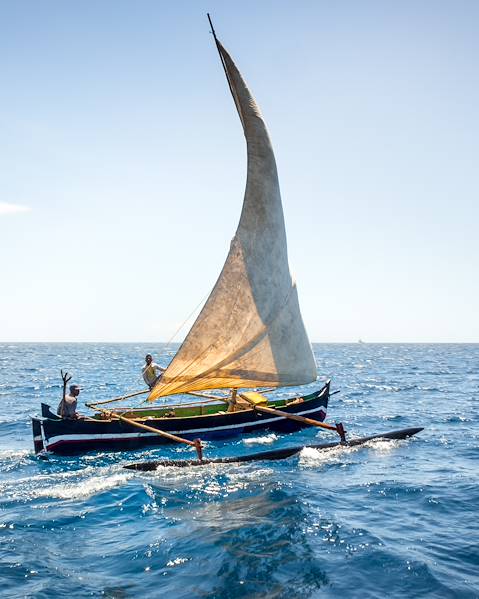Located in the Indian Ocean, Madagascar is known for its subtropical climate, with a dry and arid southwest coast and a rainier east coast, so it can be difficult to know when the best time to visit Madagascar is. The rainy season stretches from November to April, though the majority of the rain is produced by thunderstorms, meaning you will get plenty of sun even on the wettest days if visiting at this time of year. How much rainfall you experience will also depend on how far west you are located, as much of the southwest coast remains relatively dry even in the rainiest months. Due to its location on the Indian Ocean, tropical cyclones cause torrential rain and flooding, most commonly occurring between December and March. The dry season from May to October is generally thought to be the best time to visit Madagascar. The whole island experiences this dry season to different degrees, as temperatures vary geographically, though it is generally warm during the day and much cooler at night. Throughout the year, the coast is much hotter than the highlands.
Antananarivo and the Central Highlands
Due to its altitude, the higher regions of Madagascar experience the varying temperatures of the island to a lesser degree. The Central Highlands sit at the centre of the island and are the location of Madagascar’s capital city, Antananarivo. The city sits 4,199ft above sea level and looms over the broad rice fields to the west, though the city extends down the hillside and onto the plains, which can be prone to flooding. While the highlands are generally cooler and damper, during the rainy season it will still reach warm temperatures of 20°C and higher, and most of the yearly rainfall takes place between November and April. The nights are ones to watch out for, though, as they can be considerably cooler than the daytime temperatures, sometimes dropping by up to 20°C.
Toliara
Nicknamed the ‘City of the Sun’, Toliara and, by extension, much of the southwest of Madagascar, has a hotter climate than many other regions on the island. Located on a coastal plain, with less than 15 inches of annual rainfall, the city is semi-arid. Surrounded by mangroves and with the Great Reef nearby, the summer temperatures of this region average 30°C and warmer, so it is often recommended to visit during the more temperate winter months, from June to September.
Mahajanga
Capital of the Boeny region, and well-loved by tourists, the Mahajanga district offers a warm and long-lasting summer - just over six months - with little rainfall. Like much of Madagascar, the northwest experiences a humid, wet season from November to April, where temperatures reach 35°C and higher. In contrast, the dry season – from May to November – is much less humid and rainy, with temperatures settling at a warm 20°C. With these two distinctive seasons, the city of Mahajanga has a tropical savanna climate. During the wet season, there is a risk of cyclones so we would advise against visiting at this time of year.
Nosy Be
Nosy Be is an island about five miles off the northwest coast of Madagascar, and a very popular spot with tourists due to its tropical monsoon climate. This volcanic island has a short dry season from May to September, which is generally the best time to visit, though rainfall does still sometimes occur in this period. The rest of the year is wet, with frequent rainfall throughout. Much like the rainfall, temperatures are fairly consistent throughout the whole year, averaging between 25-30°C, a warm but not arid climate which attracts many visitors.
Fort-Dauphin (Taolagnaro)
Settled on the southeast coast, this port city is much less rainy than its northeast counterparts, though it still has a tropical rainforest climate. The city’s temperatures typically fall between 17-30°C, with hot and wet summers and short, warm and windy winters. Located closer to the horse latitudes (areas 30 degrees north and south of the equator, with calmer weather), the city is subject to fewer tropical cyclones, and much of its rainfall is due to its proximity to mountainous regions.
Maroantsetra and Nosy Mangabe
The Antainambalana River flows through this town in northeast Madagascar, and just off Antongil Bay sits the island of Nosy Mangabe. Due to the trade winds, this city is one of the wettest places in Madagascar, with an average annual rainfall of 138 inches, so be sure to pack a raincoat. With a hot and long summer, and a shorter and more comfortable winter, the town’s temperature varies between 17-31°C, and will rarely dip below 16°C. The island itself is covered with dense rainforest.
Toamasina
Toamasina, a name meaning ‘salty’, is the main seaport of Madagascar and is home to an impressive coral reef just off the coast. Although there is no true dry season, there are still wetter and drier months, and much like Taolagnaro, Toamasina has a tropical rainforest climate. Located on the east coast and built on a sandy peninsula, the city experiences significant rainfall, though between September and November the port is much drier. Temperatures are fairly consistent throughout the year, often between 25-30°C, though peaking in January and February, where you’ll more often experience 30°C weather. For those after a cooler climate, visit in July or August, where the temperature leans more toward the mid to low 20s.










